What is a Six-Axis Robot?
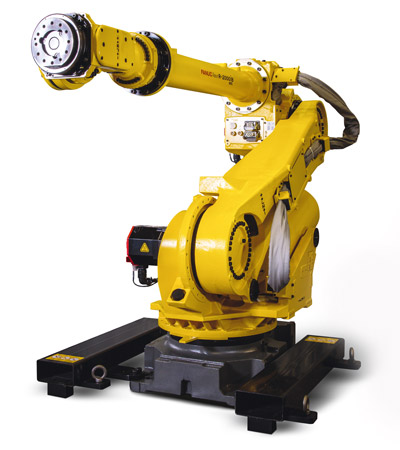
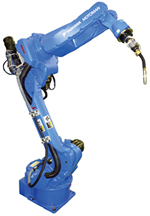
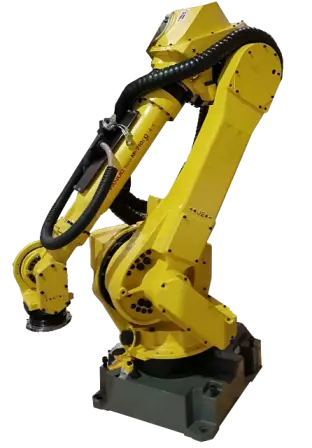
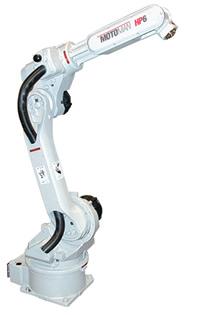
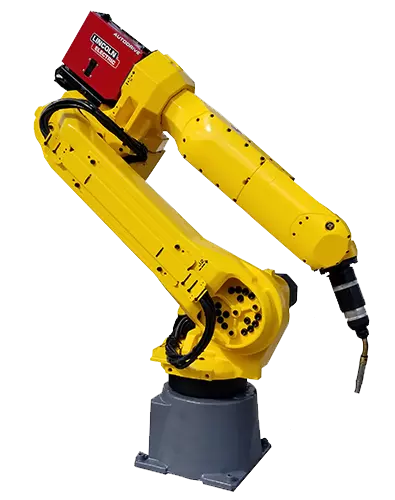
Six-axis robots are a type of articulated robot and the most common for industrial manufacturing. They provide the flexibility, strength, and reach needed to complete most applications including welding automation, material handling, material removal, and painting. Six-axis robots are able to move in the x, y, and z planes. In addition, they can perform roll, pitch, and yaw movements. This makes the movements of these robots similar to that of the human arm, one reason they are ideal for taking over production lines.
Six-axis robots are able to perform more types of robotic applications since they have an additional range of motion. Each axis represents an independent motion or degree of freedom, that allows a robotic arm to move to a programmed point. The defined movements for each axis of a six-axis robot include:
- Axis One - Axis one is located at the base of the industrial robot. With this axis an industrial robot is able to move its arm from left to right for a complete 180 degrees of motion from its center. This provides a robot with the ability to move an object along a straight line.
- Axis Two - Axis two controls the robot lower arm and provides the ability for the movement of forward and backward extensions. This allows a robot to lift an object, move it sideways, up and down, or to set the object down along the x or y planes.
- Axis Three - Axis three provides industrial robots with the ability to raise and lower the upper arm, expanding their vertical reach. Axis three makes parts more accessible to robots since it allows the same movements as axis two, but along all three x, y, and z planes.
- Axis Four - Axis four helps control the movements of the robot EOAT and change the orientation of an object through a rolling motion. The upper robotic arm will rotate in a circular motion in the roll movement.
- Axis Five - Axis five also controls the movements of the robot end-effector along with axis four. Axis five is responsible for the pitch and yaw movements. Pitch movements involve moving the end-effector up and down. While yaw movements move the end-effector left and right.
- Axis Six - Axis six is the wrist of an industrial robot. This axis is responsible for the complete 360-degree rotations of the wrist. The sixth axis gives industrial robots the ability to change a part’s orientation in the x, y, and z planes with roll, pitch, and yaw movements.
Robots Done Right is the place to start when it comes to used robots. Contact us if you are interested in buying or selling your used robot.